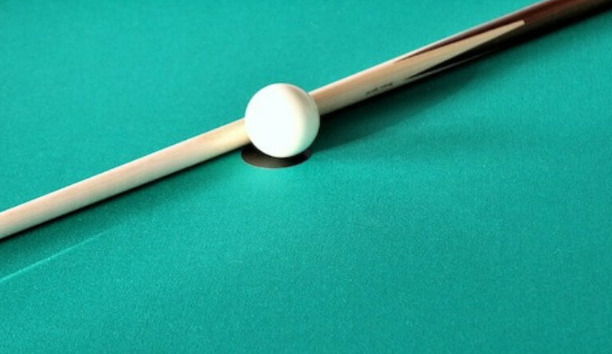
Snooker is a game of precision and finesse, and your cue is your most essential tool in mastering the art of the game. A well-maintained snooker cue can make a significant difference in your performance on the table. To ensure the longevity of your cue and to keep it in top condition, it’s crucial to follow a regular maintenance routine. In this article, we will explore some valuable tips and best practices for maintaining your snooker cue.
1. Keep It Clean
Regularly cleaning your snooker cues is the first and most fundamental step in maintenance. A cue with a clean shaft and tip not only looks better but also performs better. To clean your cue, you’ll need a cue cleaning cloth or a soft, lint-free cloth. Simply wipe down the cue shaft and butt to remove any dirt, sweat, or chalk residue. This routine cleaning prevents grime from building up, which can lead to a rough or sticky cue shaft.
2. Protect the Cue Tip
The tip of your snooker cue is where the action happens, and it requires special attention. Keep the cue tip well-shaped and properly conditioned. Regularly use a cue tip shaper to maintain its rounded shape, ensuring consistent and accurate cue ball striking. Additionally, apply cue tip chalk before each shot to reduce the risk of miscues and protect the tip from excessive wear.
3. Store Your Cue Properly
When you’re not using your snooker cue, it’s essential to store it properly to prevent damage. Invest in a cue case or cue rack to protect your cue from dust, moisture, and potential physical damage. A good case will shield your cue from temperature fluctuations and accidental knocks, preserving its structural integrity and preventing warping.
4. Avoid Excessive Moisture
Moisture is the enemy of snooker cues. Exposure to excessive humidity can lead to warping, which can severely impact your cue’s performance. Store your cue in a dry place, away from damp or humid environments. A dehumidifier can be a valuable investment if you live in a particularly humid area.
5. Maintain the Joint and Ferrule
The joint where the shaft and butt connect is a critical area for cue maintenance. Regularly check the joint for any signs of looseness or damage. Tighten it as needed, but be careful not to overtighten, which can cause cracks. The ferrule, the small white or black cap at the end of the cue tip, also requires attention. It should be in good condition and not cracked. If necessary, replace it to maintain optimal cue performance.
6. Handle Your Cue with Care
Treat your snooker cue with respect. Avoid leaning it against walls, tables, or other surfaces where it can be knocked over. When not in use, place it securely in its case or rack to prevent accidental damage. Never use your cue to break a rack or for any purpose other than playing snooker. Misusing your cue can lead to dents, chips, or other damage that may be irreversible.
7. Professional Maintenance
If you’re unsure about maintaining your snooker cue on your own, consider taking it to a professional cue maker or repair shop for regular maintenance and inspection. They can check for issues you might miss and offer expert repairs and adjustments when needed.
Conclusion
Your snooker cue is an investment in your game, and proper maintenance is essential for its longevity and performance. By following these tips, you can ensure that your cue remains in excellent condition, allowing you to focus on improving your snooker skills without any cue-related distractions. Regular cleaning, careful storage, and respectful handling will all contribute to a longer life for your cue and a better overall snooker experience. Remember, a well-maintained cue can make all the difference on the snooker table.








